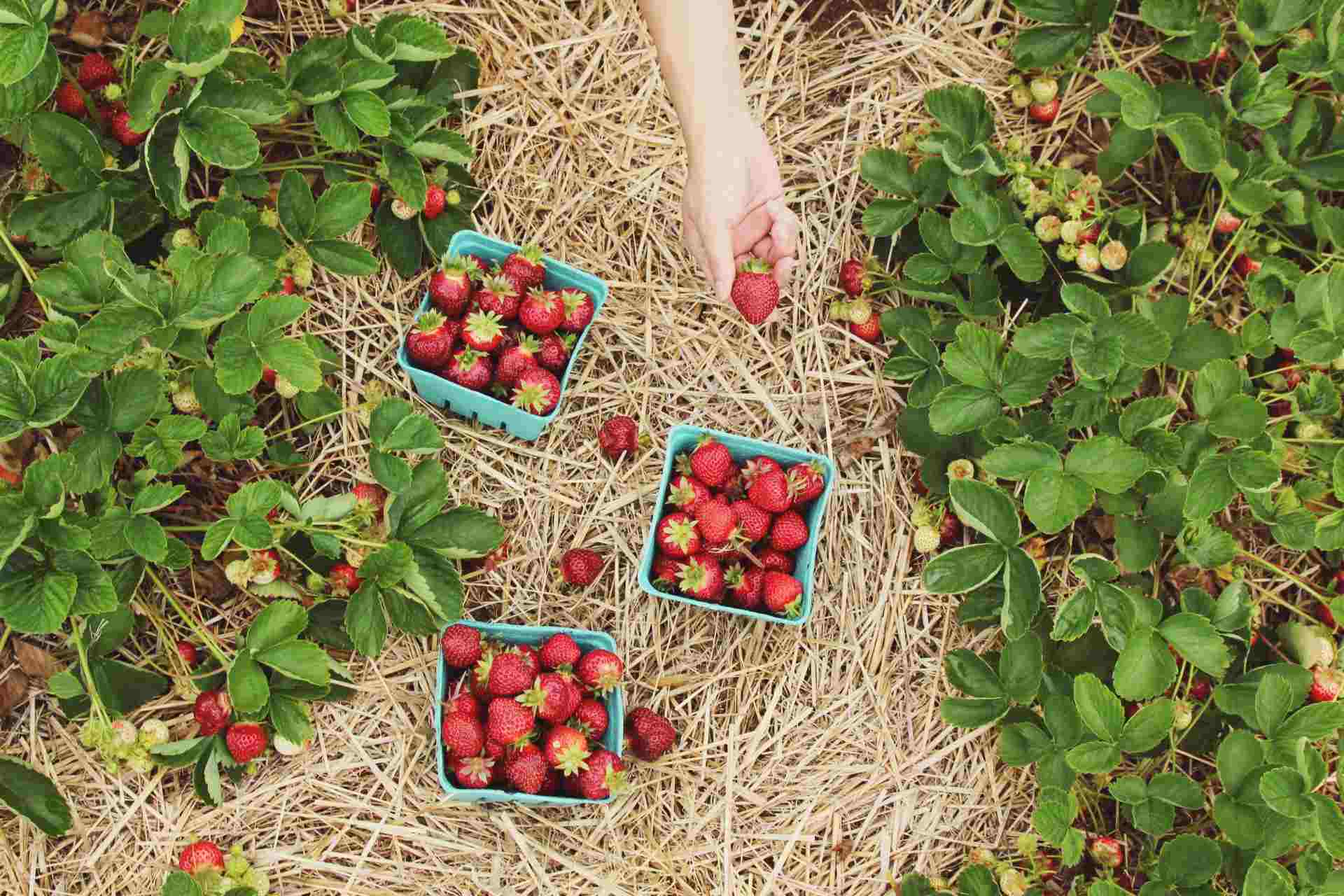Local, Conventional or Organic - What to buy?

Buy Local
Short answer: The health benefits of eating more plant based whole foods such as fruits, vegetables and whole grains - organic or conventional - far outweigh the risk associated with chemicals and heavy metal exposure from conventional farming practices. If money is tight buy locally grown conventional produce if available, if not buy conventional produce or whatever is cheaper.
Lets explore three important factors to answer this question in detail;
Carbon footprint - Eating less animal products (read Animal Farming) and reducing the number of miles we travel burning fossil fuels are two most effective ways to fight global warming. When we buy Local food in season we reduce our carbon footprint since the food does not have to travel across states or countries. Buying local food also helps to make farming more profitable and selling farmland for development less attractive.
Organic farming practices preserve the environment and avoid most synthetic materials, including pesticides and antibiotics.
Amount of Nutrition - Organic fruits and vegetables deliver between 20 and 40 percent higher cancer fighting antioxidant compounds (the immune system of plants) than conventional produce. Plants make these compounds to protect themselves when they run into challenges like insects or diseases. And organic crops, because they aren't protected by as many chemical pesticides, have to fight off more hungry bugs.
Local produce is more nutritious than food coming from other states or countries (conventional or organic). This is mainly because Fruits and vegetables lose their optimal nutritional value as soon as they are picked. When picked, vitamins such as C, E, A, and some B vitamins begin to deteriorate and thus decrease. Other factors such as the exposure to air, artificial lights, and temperature changes can also contribute to the decrease in nutritional value.
Price - Price of Organic food is about 40 percent higher than conventionally grown produce. This is mainly because Demand for Organic food overwhelms supply. Retail sales of organic food rose from $3.6 billion in 1997 to $21.1 billion in 2008, according to the USDA, and 58 percent of Americans claim they prefer to eat organic over non-organic food. However, organic farmland only accounts for 0.9 percent of total worldwide farmland, and organic farms tend to produce less than conventional farms. Conventional farms have the farmland and the supply to keep costs down since manufacturers are able to reduce costs when producing a product in larger quantities. Additionally, getting a USDA Organic certification is an expensive process. This is one of the reasons why quite a few local farmers choose not to get certified even though they do not use any synthetic materials, including pesticides and antibiotics.
Based on the above factors, I would recommend buying food in the following order;
- Local produce grown Organically - Produce grown locally in the area where you live without the use of chemical fertilizers and pesticides
- Local produce grown using conventional farming practices - Produce grown locally in the area where you live using chemical fertilizers and pesticides
- Organic - Produce grown Organically (without chemical fertilizers and pesticides) , but away from home (in a different state or another country)
- Conventional - Produce grown conventionally (using chemical fertilizers and pesticides) , but away from home (in a different state or another country).
